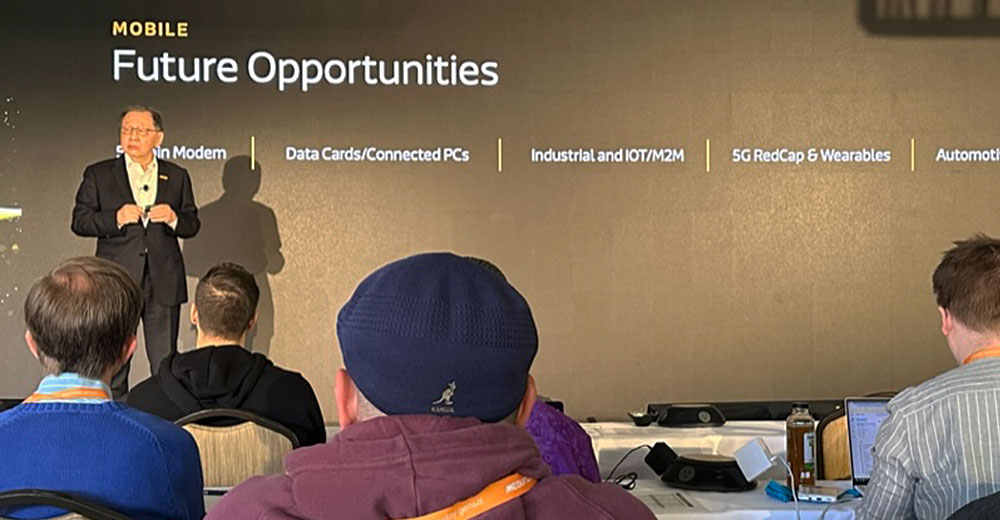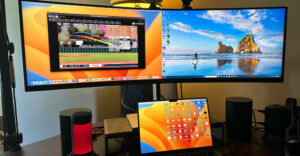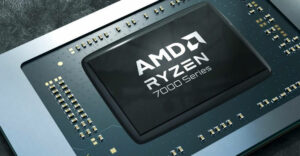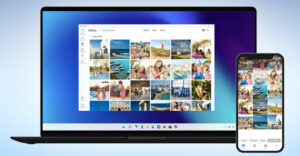MediaTek’s brand is often associated with affordable, budgeted, Android phones. However, the company has made incremental inroads into the more premium, high-performance models. The launch of the MediaTek Dimensity 9200 chip is a potent step in that direction.
Like all smartphone chips, the Dimensity 9200 is a system on a chip (SoC), which means it has, among other capabilities, integrated functionality for wireless and cellular connectivity, graphics, and system performance in a single solution.
Similar to Apple Silicon or Qualcomm’s Snapdragon offerings, this integrated approach facilitates smaller form factor designs which are always important in mobile devices, longer battery life, and heightened power efficiency without compromising speed.
MediaTek is promoting this mobile chip as the first in the industry to utilize an Armv9 Gen 2 architecture, which requires new cores. A so-called “big” Cortex-X3 core manages the most arduous tasks with an assist from three Cortex-A715 performance cores.
In addition, the 9200 incorporates four Cortex-A510 “low-power” cores to optimize battery life. The combination facilitates a diffident 10% to 12% performance improvement over the legacy Dimensity 9000 but supposedly reduces power consumption by a meaningful 25%.
I spoke with MediaTek GM/VP of Corporate Marketing Finbarr Moynihan about the Dimensity 9200 at last week’s launch. The following video clip highlights that conversation.
Better Graphics Performance
The fascinating element of the Dimensity 9200 is the graphics performance improvement. This solution is one of the industry’s first chips to take advantage of Arm’s new Immortalis-G715 GPU, which provides hardware ray capability, one of the hottest gaming technologies in the PC and laptop arena. According to MediaTek, the Dimensity 9200’s implementation is 32% faster than the Dimensity 9200’s CPU while using a remarkable 41% less power.
Given MediaTek’s legacy strength in Wi-Fi and cellular connectivity, it’s not surprising that the Dimensity 9200 shows improvement in those areas. Unlike previous generations of its mobile chips, the Dimensity 9200 incorporates both millimeter wave 5G and sub-6GHz connectivity, which will benefit those consumers seeing faster cellular data in more sections of the globe.
The Dimensity 9200 also provides Wi-Fi 7 support. With Wi-Fi 6 and 6E still rolling out in routers, smart home devices, and smartphones, MediaTek should be lauded for future-proofing the Dimensity 9200 with Wi-Fi 7 capability as it offers potentially game-changing latency and wireless speed advantages.
Another intriguing feature of the Dimensity 9200 is that the chip’s Image 890 signal processor is the first to support RGBW camera sensors fully. These sensors not only deliver more brightness and details in images than just basic RGB, but they can also blur background images in real-time video. The demo showing this capability was one of the highlights of the announcement event.
Analyst Comments
During its recent analyst event in Sonoma, Calif., where it launched the Dimensity 9200, among other announcements, the company took great pains to underscore that MediaTek is “more than mobile.” This assertion is not surprising, as the smartphone market has dramatically softened over the last few years. After all, the company has a strong presence in routers, smart TVs, IoT, and other device categories.
MediaTek is not typically the company one talks about in the U.S. smartphone market, given that Apple and Qualcomm dominate the space with their respective Silicon and Snapdragon solutions. But that could change soon as MediaTek continues to grow its presence in mid- and low-end handsets.
Moreover, if the U.S. economy does fall into a recession in 2023, as many economists predict, the high-end portion of the market will likely be under tremendous pressure. MediaTek’s strategy to push bleeding-edge technology in the more affordable mid-range section of the market could pay big dividends as consumers find it increasingly challenging to lay out $1,500 or more for the highest-end Apple iPhone or Samsung Galaxy.
Leading in Smartphone Chip Shipments
There are definitive signs that this strategy is working. MediaTek has been the No. 1 global smartphone chip shipment provider over the past two years. Industry reports indicate that MediaTek accounts for 37% of global smartphone chips, compared to Qualcomm’s 28%.
Admittedly, MediaTek’s chips don’t appear in the sexier mobile devices people are accustomed to. Still, they provide the right mixture of performance, innovation, and affordability that appeals to increasingly “mainstream” consumers.
To be clear, MediaTek shouldn’t — and isn’t — walking away from the mobile phone space. The “more than mobile” moniker is an effective marketing slogan as it correctly suggests that the company is in more products than casual users are likely aware of, beyond smartphones. However, it also allows the company to remind people that it is focusing on future markets, such as VR, automotive, Wi-Fi 7, and 5G.
Apple and Qualcomm get much media attention when they release a new chip, but with its Dimensity 9200, MediaTek shows it can play with the big boys. Even if it doesn’t grab all the industry headlines, MediaTek appears to be succeeding — and that’s just how the company’s leadership team likes it.
























































